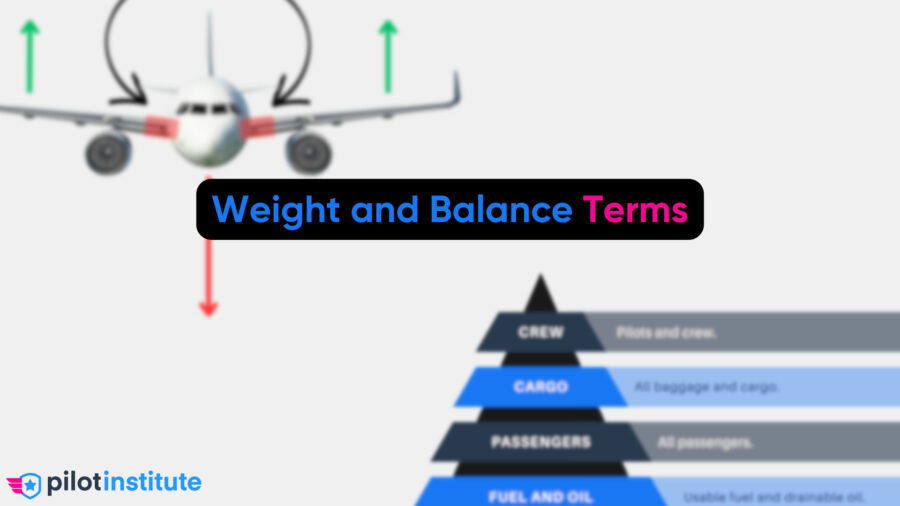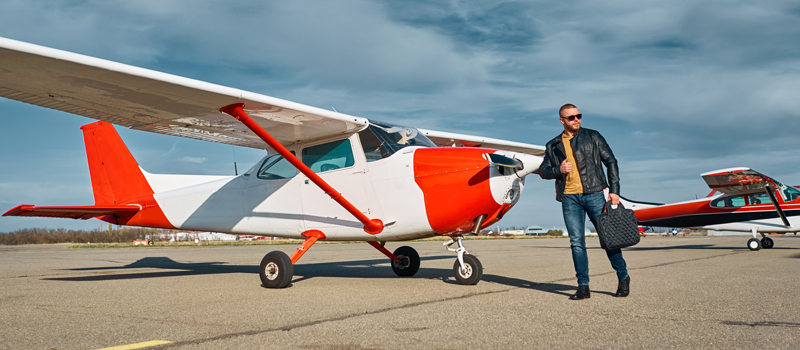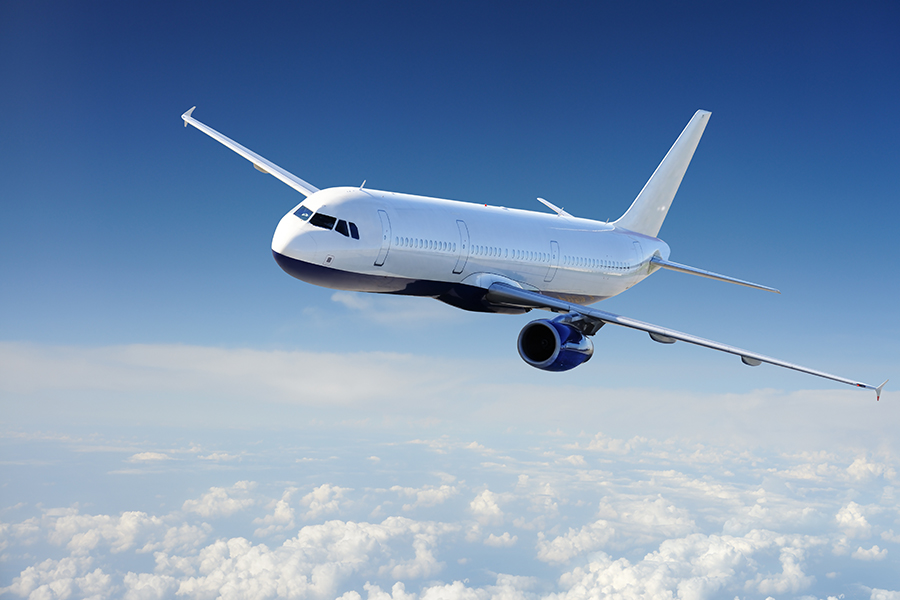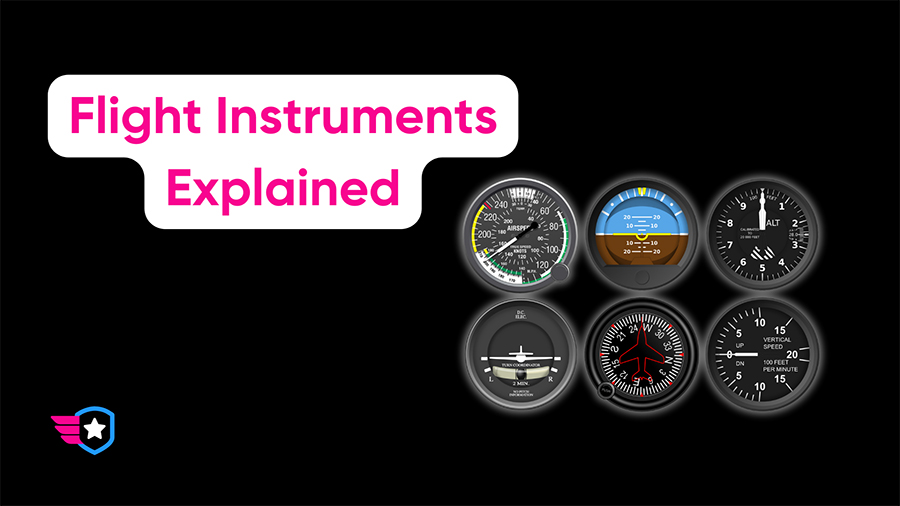In aviation, understanding aircraft weight definitions is a crucial skill.
In this article, we’ll explain every type of weight that you need to know.
Here’s a brief overview:
- Standard Empty Weight: The airframe, engines, and all fixed operating equipment.
- Basic Empty Weight (BEW): Includes the airplane, optional equipment, unusable fuel, and all operating fluids.
- Licensed Empty Weight: Mirrors Basic Empty Weight but excludes full engine oil, accounting only for undrainable oil.
- Gross Landing Weight: The takeoff weight minus the fuel burned en route.
- Ramp Weight: The weight of the airplane loaded for flight before the engine start.
- Zero Fuel Weight (ZFW): The weight of the aircraft before the addition of fuel.
- Gross Takeoff Weight: The weight of the airplane just before brake release to begin the takeoff roll.
- Useful Load: The weight of crew, cargo, passengers, baggage, and usable fuel.
- Maximum Ramp Weight (MRW): The maximum weight for ground operations.
- Maximum Takeoff Weight (MTOW): The maximum weight for takeoff.
- Maximum Landing Weight (MLW): The maximum weight for landing is based on the stress of impact on the gear.
- Payload: The weight of passengers, cargo, and baggage.
Standard Empty Weight
Standard Empty Weight is the weight of the airplane straight from the manufacturer, with all the standard equipment installed. It includes the airframe, engines, and all items of operating equipment that have fixed, permanently installed locations in the airplane.
To get even more specific, it includes the weight of fixed ballast, hydraulic fluid, unusable fuel, and full engine oil.
By unusable fuel, we mean fuel that can’t be drained. Similarly, full engine oil refers to the maximum oil capacity of the aircraft’s engines.
When you hear “Standard Empty Weight,” think of it as the baseline or starting point for all other weight calculations. It’s like the weight of a naked aircraft before passengers, cargo, and usable fuel come into play.
Basic Empty Weight (BEW)
Basic Empty Weight is a step up from the Standard Empty Weight, as it includes the weight of the airplane, optional equipment, unusable fuel, and full operating fluids, including full engine oil.
What does “optional equipment” fall under? Anything not included in the standard equipment list. It might include extra avionics, upgraded seats, or additional fuel tanks. Each piece of optional equipment adds weight to the aircraft, which is why it’s part of the BEW.
Remember, BEW also includes full operating fluids. That means hydraulic fluid, coolant, and full engine oil.
Basic Empty Weight is the base weight used for all weight and balance calculations.
Licensed Empty Weight
Licensed Empty Weight is very similar to the Basic Empty Weight (BEW) but has one key difference: engine oil.
While the BEW includes full engine oil in its calculation, the Licensed Empty Weight does not. Instead, it only includes undrainable oil, which refers to the oil remaining in the system after it has been drained to the maximum extent possible.
Why this distinction?
In some jurisdictions, aviation authorities only consider undrained oil for certification purposes. This is because it is considered part of the aircraft’s structure, similar to unusable fuel.
The rest of the elements – the weight of the airplane, optional equipment, and unusable fuel – remain the same as in the BEW.
So, when you think of Licensed Empty Weight, think of it as the Basic Empty Weight, but with a focus only on the oil that can’t be drained from the aircraft’s engine.
Gross Landing Weight
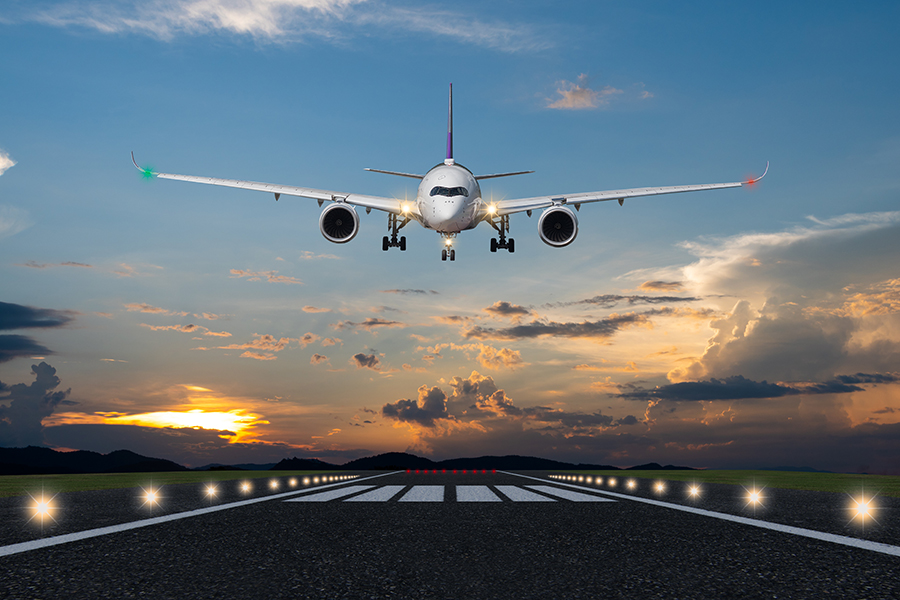
The Gross Landing Weight refers to the weight of the airplane when it’s ready to land. Simply put, it’s the takeoff weight minus the fuel burned en route.
Fuel consumption plays a significant role in this weight calculation. As the aircraft flies and burns fuel to keep its engines running, it becomes lighter. So, the weight of the airplane when it touches down at its destination (the Gross Landing Weight) is less than when it took off.
Understanding the Gross Landing Weight is critical because it directly impacts the safety of the aircraft. Each aircraft has a Maximum Landing Weight, which is the heaviest weight it can safely land at without causing undue stress on its landing gear and structure.
If the Gross Landing Weight exceeds the Maximum Landing Weight, it could harm the aircraft’s structure or cause a catastrophic failure. Therefore, pilots must manage their fuel consumption and cargo load to ensure the Gross Landing Weight stays within safe limits.
Ramp Weight
Ramp Weight, also known as Taxi Weight, refers to the weight of the airplane when loaded for flight, just before the engine start.
Ramp weight includes everything; The weight of the aircraft, crew, passengers, baggage, cargo, and most importantly, all the fuel needed for the flight.
Unlike other weight terms, Ramp Weight includes the entire fuel load, even the fuel you will burn during taxi and run-up. That’s why it’s often slightly higher than the Gross Takeoff Weight (which we’ll discuss later).
Knowing the Ramp Weight helps pilots ensure they’re within the aircraft’s Maximum Ramp Weight, another safety limitation set by the aircraft manufacturer. Going over this maximum could jeopardize the structural integrity of the aircraft or affect its performance.
So when you think about Ramp Weight, picture the aircraft fully loaded, fueled, and ready for flight, standing on the ramp (hence the name).
Zero Fuel Weight (ZFW)
Zero Fuel Weight refers to the weight of the airplane without any added fuel.
It includes the weight of the airplane, the crew, passengers, baggage, and cargo, but no fuel. Imagine your aircraft, ready to go, but sitting on the runway with empty fuel tanks. That’s your Zero Fuel Weight.
Why is Zero Fuel Weight important? Because it limits the total weight of the passengers, crew, and cargo.
If you exceed this limit, you could place undue stress on the aircraft structure, as the wings (where fuel is stored) provide significant structural support.
In other words, if the weight of the fuselage is too heavy compared to the weight of the wings, additional stress is placed on the point where the wings connect with the fuselage.
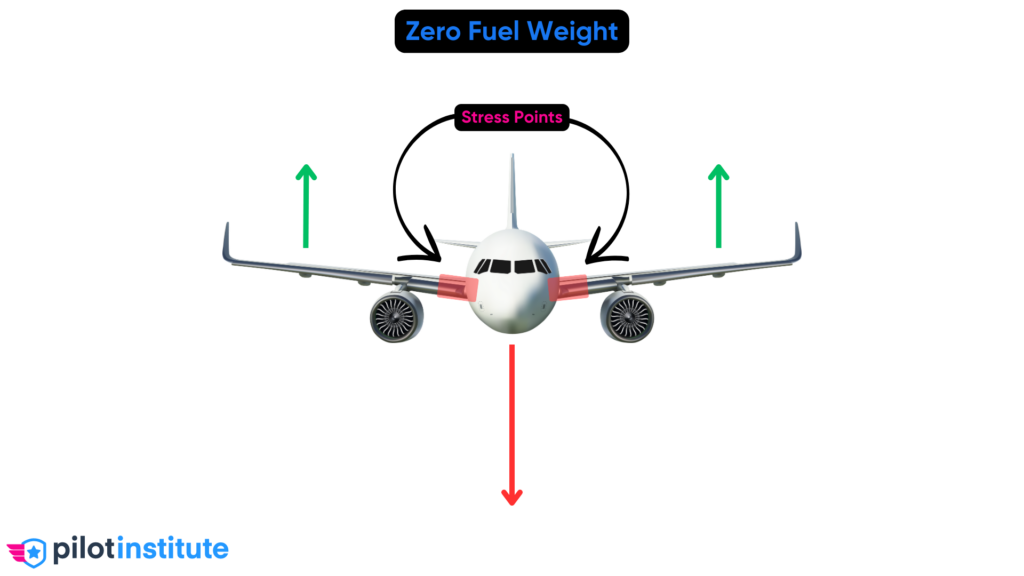
Therefore, pilots need to ensure that the weight of the fuselage doesn’t make up the largest part of the aircraft’s weight compared to fuel weight.
Gross Takeoff Weight
Gross Takeoff Weight is the weight of the airplane just before the brakes are released to begin the takeoff roll.
This weight includes the airplane, crew, passengers, cargo, and all the usable fuel needed for the flight. It’s essentially your Ramp Weight minus the fuel used for engine start, taxi, and run-up.
This weight is of critical importance as it directly impacts an airplane’s performance during takeoff.
More weight means longer runways are needed for takeoff, slower climb rates, and higher stall speeds. Therefore, every aircraft has a Maximum Takeoff Weight that must not be exceeded to ensure safe flight.
Useful Load
The Useful Load is the weight of everything the aircraft carries, which can vary from flight to flight. It includes the crew, passengers, baggage, cargo, and usable fuel.
It’s the difference between the Maximum Takeoff Weight and the Basic Empty Weight of the aircraft.
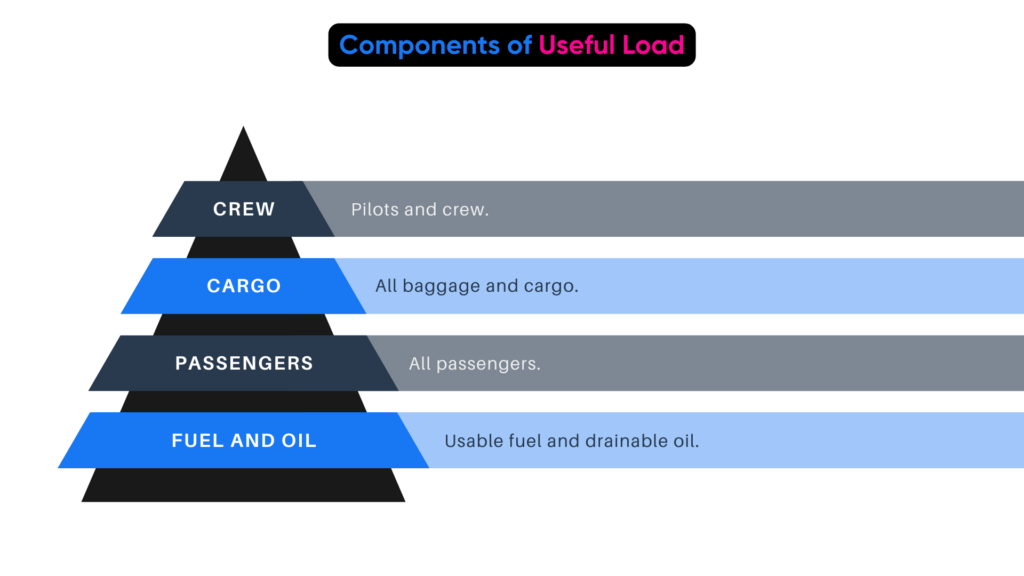
Why is this weight term “useful”? Because it tells you how much weight you can use for different operational needs. For example, how many passengers and how much cargo you can carry or how much fuel you can load.
The useful load varies depending on your mission, making it a functional part of flight planning.
As a pilot, managing the useful load involves finding a balance between passengers, cargo, and fuel within the aircraft’s weight limitations to ensure a safe and efficient flight.
Maximum Ramp Weight (MRW)
Maximum Ramp Weight is the highest weight allowed for an aircraft while it’s still on the ground, just prior to engine start for takeoff.
Why does this weight matter? Simply put, an aircraft is designed to handle specific stresses, both in flight and on the ground. Exceeding the Maximum Ramp Weight can place excessive stress on the aircraft’s structure, particularly the landing gear, during ground operations.
Maximum Takeoff Weight (MTOW)
Maximum Takeoff Weight is the most an aircraft can weigh to safely takeoff. It’s determined by the aircraft manufacturer based on numerous factors, including the aircraft’s power, wing surface area, environmental conditions, and the runway length at the typical operating airports.
Exceeding the Maximum Takeoff Weight poses serious safety risks, including reduced climb performance, longer takeoff runs, and increased stress on the aircraft’s structure. Importantly, it could also affect the aircraft’s ability to clear obstacles during the climb out after takeoff.
As a pilot, respecting the Maximum Takeoff Weight is an integral part of your pre-flight planning and weight management. It’s a crucial safeguard, ensuring that your aircraft can successfully and safely defy gravity.
Maximum Landing Weight (MLW)
Maximum Landing Weight is the heaviest weight at which an aircraft can safely land.
It’s typically less than the Maximum Takeoff Weight, reflecting the fact that landing puts more stress on an aircraft’s structure (especially the landing gear) than taking off does.
Landing an aircraft that’s over its Maximum Landing Weight weight risks structural damage and also affects the aircraft’s braking performance, potentially leading to a runway overrun.
That’s why, if you have a situation where you need to return to the airport shortly after a full-fuel takeoff, you may need to burn off or dump fuel to reduce the aircraft’s weight before landing.
Payload
Payload is the weight of everything an aircraft carries that serves the “purpose” of the flight. This includes passengers, crew, baggage, and cargo. It’s the weight you’re carrying for profit or purpose.
The payload is a subset of the useful load. The useful load includes payload plus usable fuel.
An important part of flight planning is to maximize the payload while staying within the aircraft’s weight limits, often a juggling act between fuel, passengers, and cargo.
An aircraft’s payload capacity can be a major factor in its efficiency and profitability, particularly in commercial and cargo operations.
Conclusion
Another critical aspect of airplane weight and balance is the Center of Gravity.
You’ve probably heard of the terms ‘forward CG’ and ‘aft CG.’ But do you know what they really mean?
Have a look at our guide on aircraft CG to find out!
